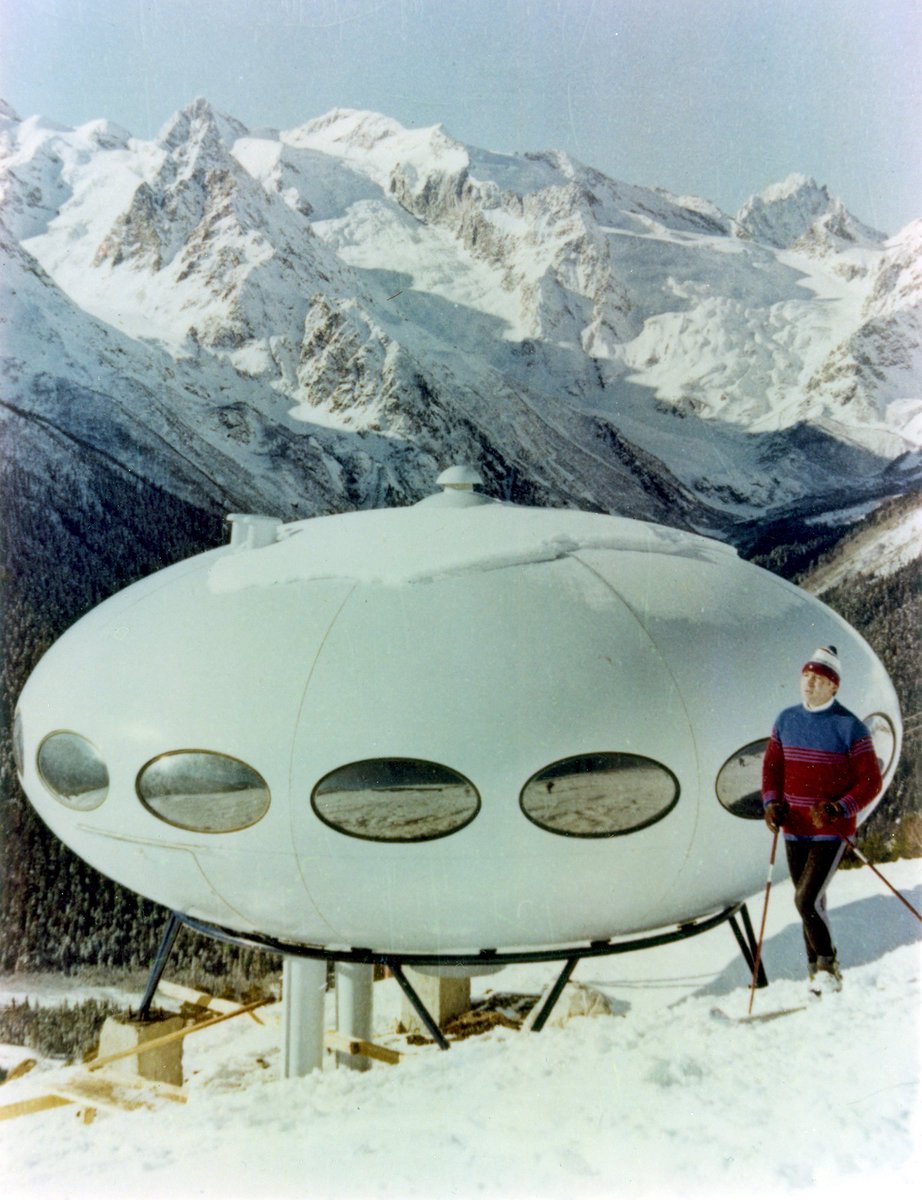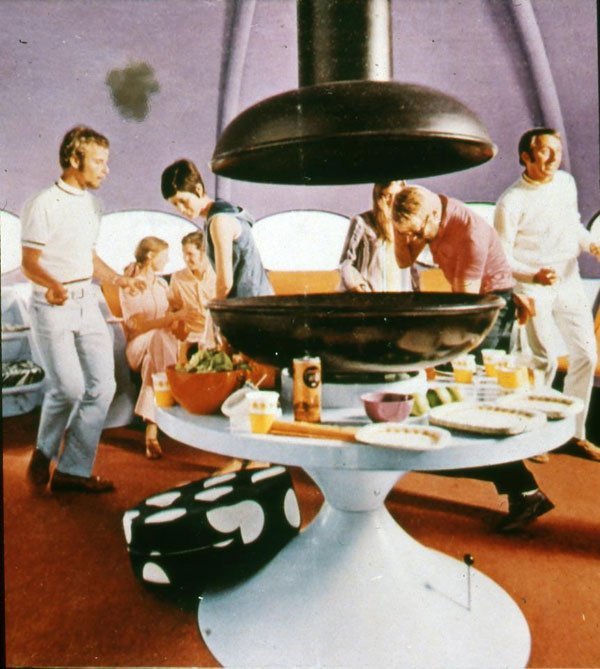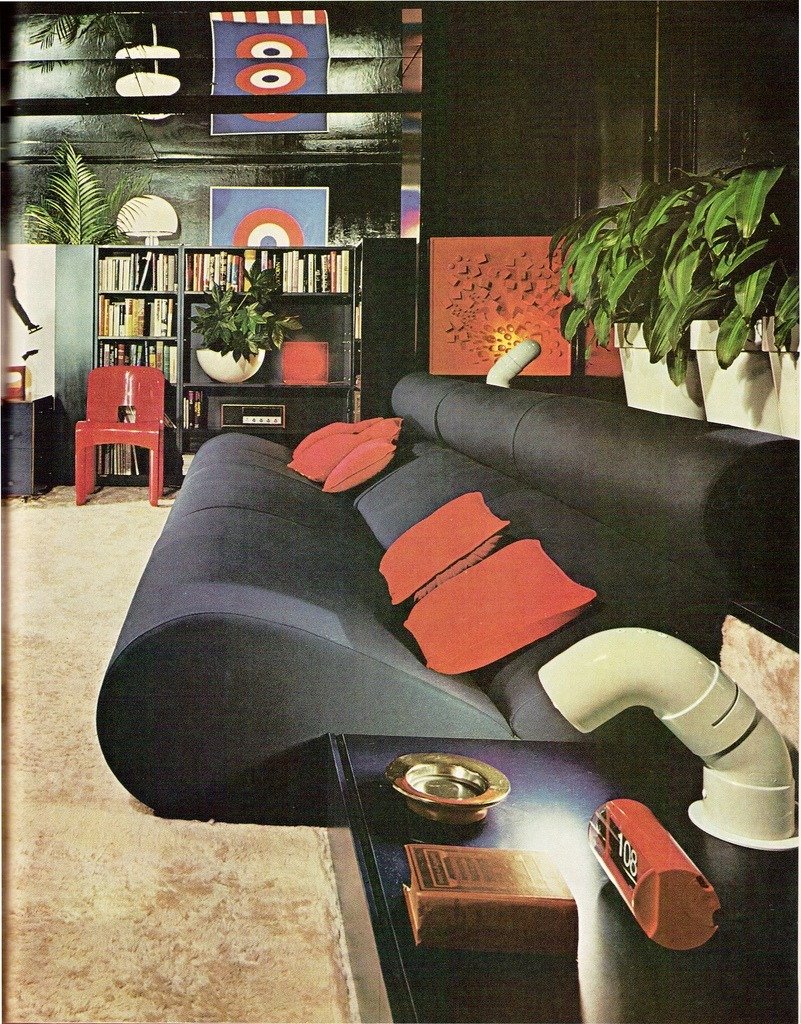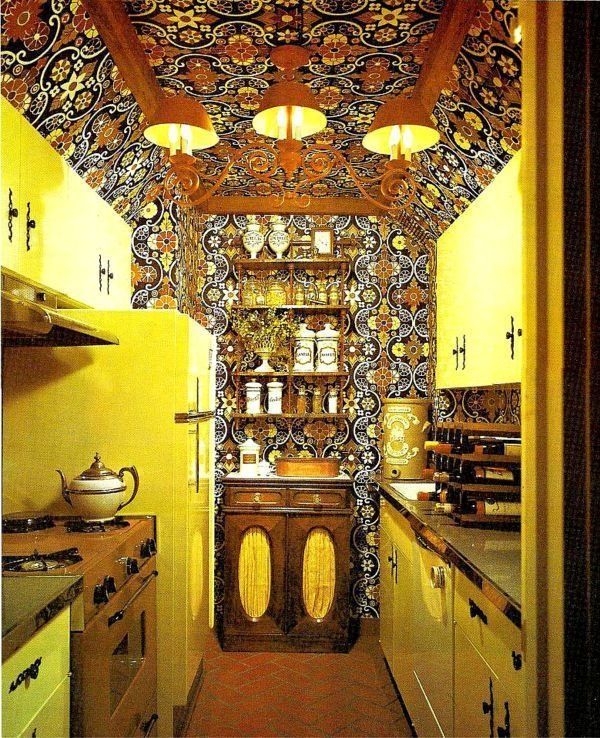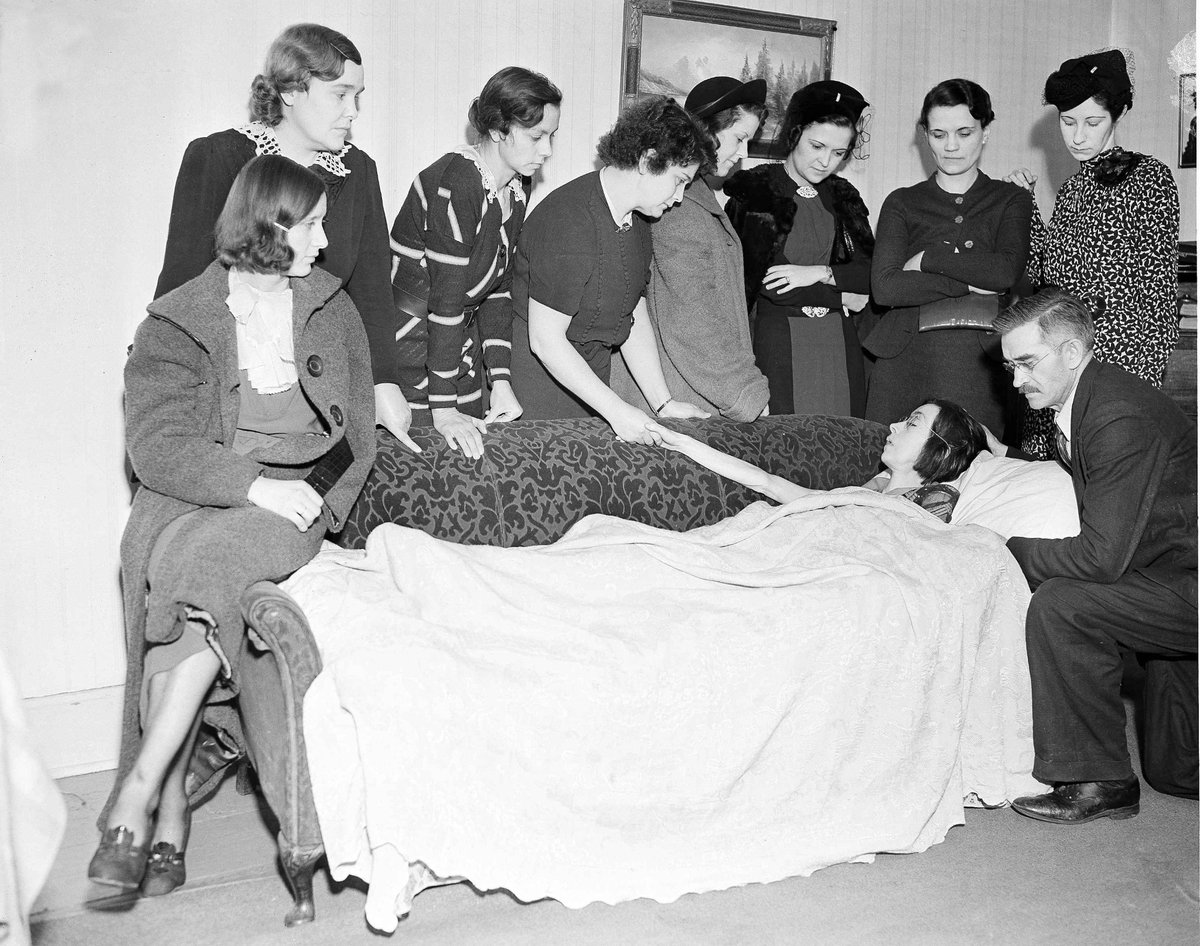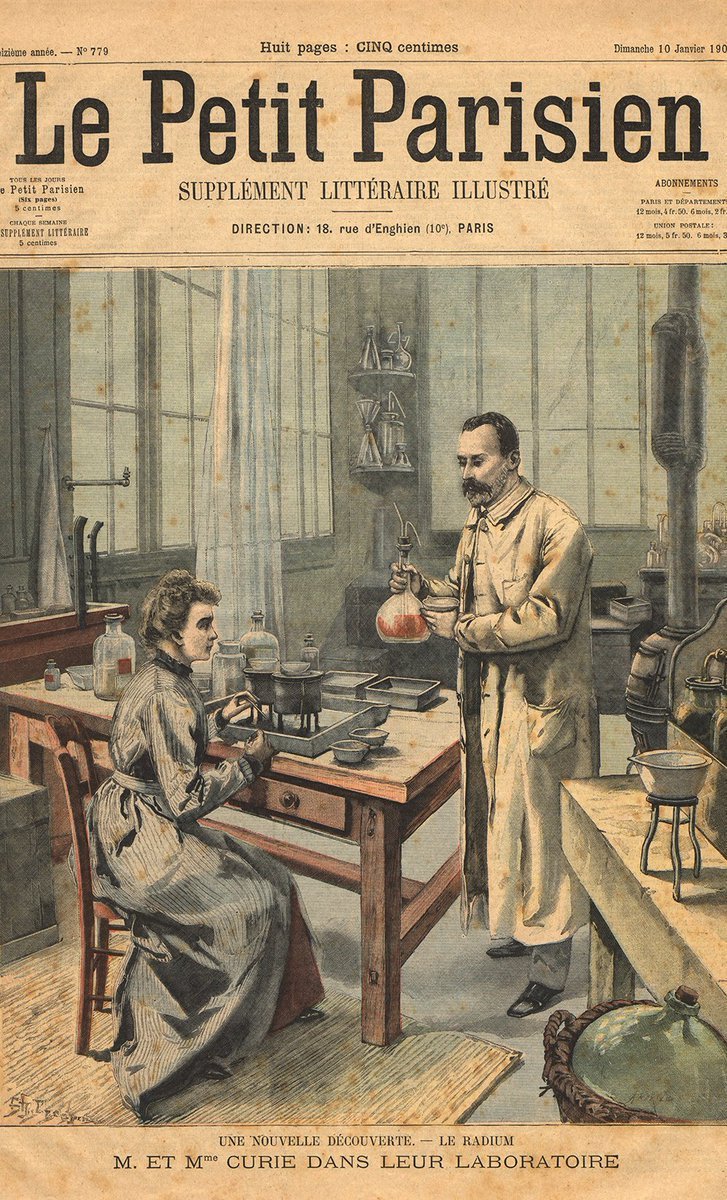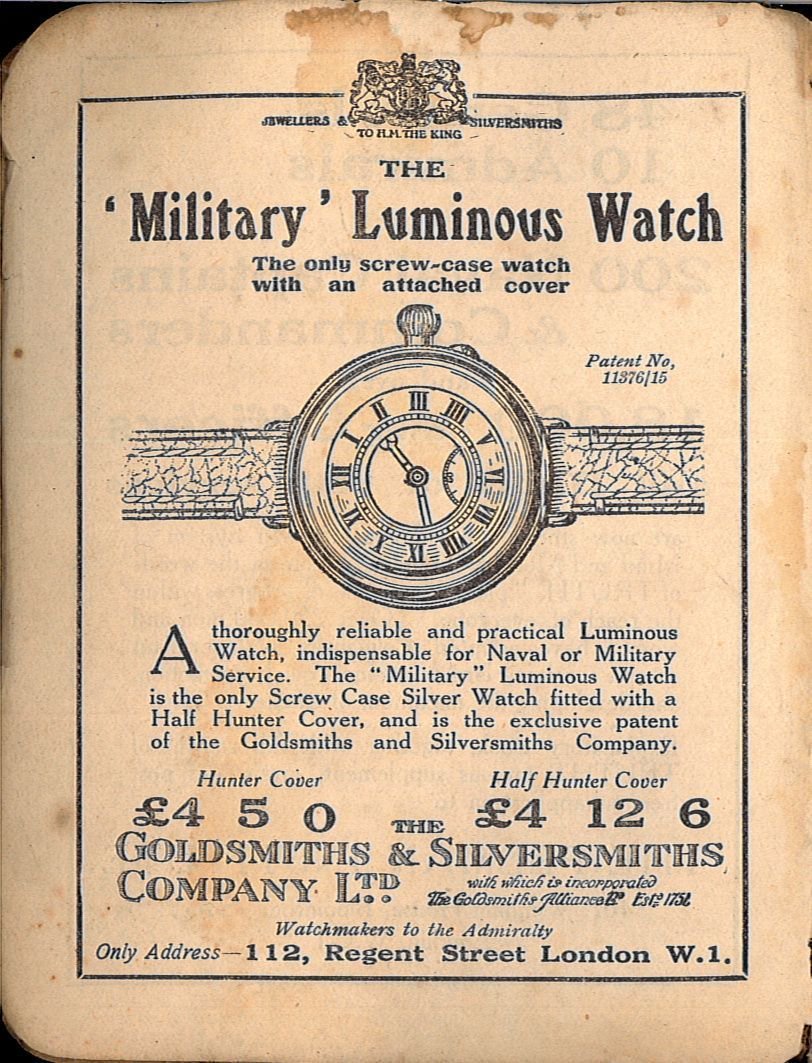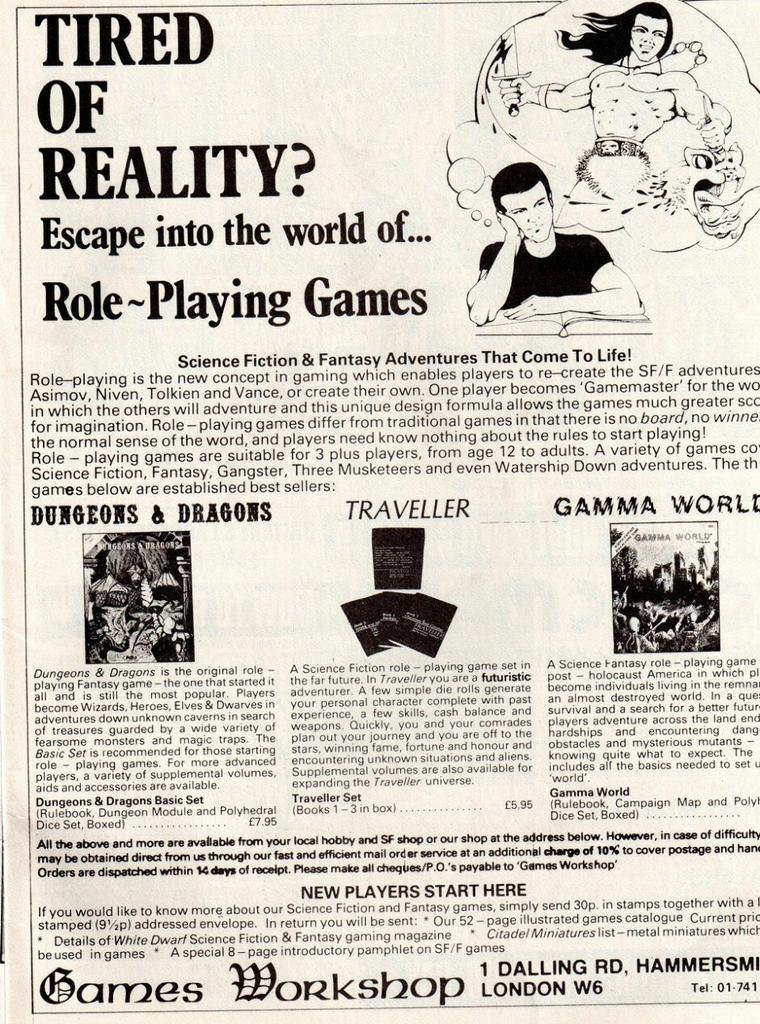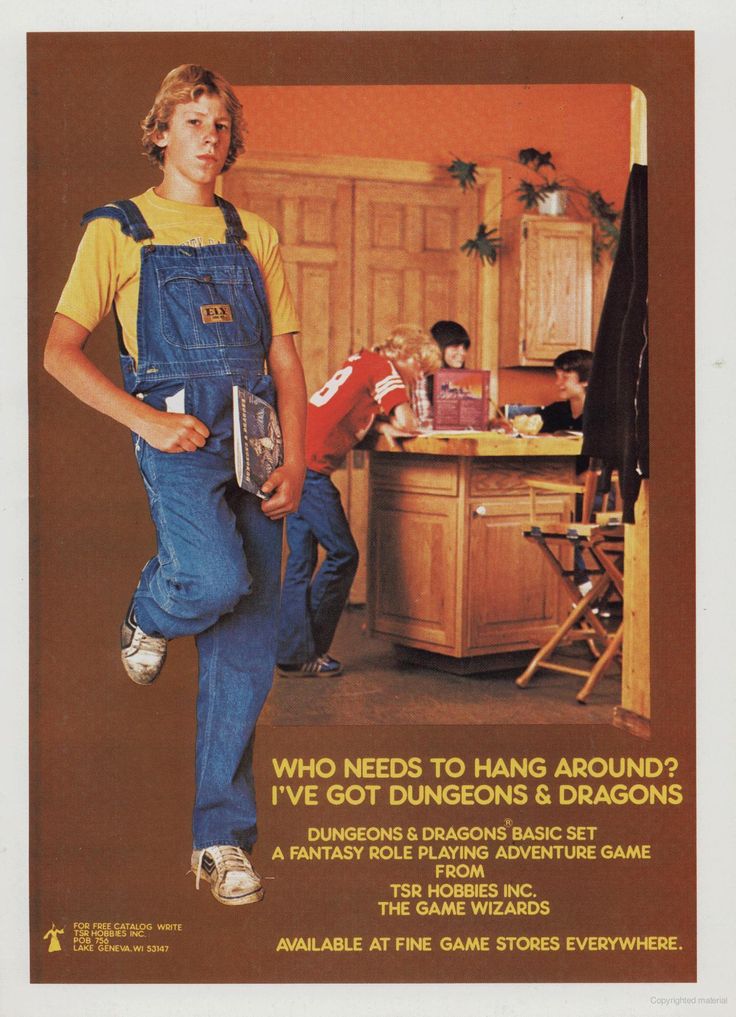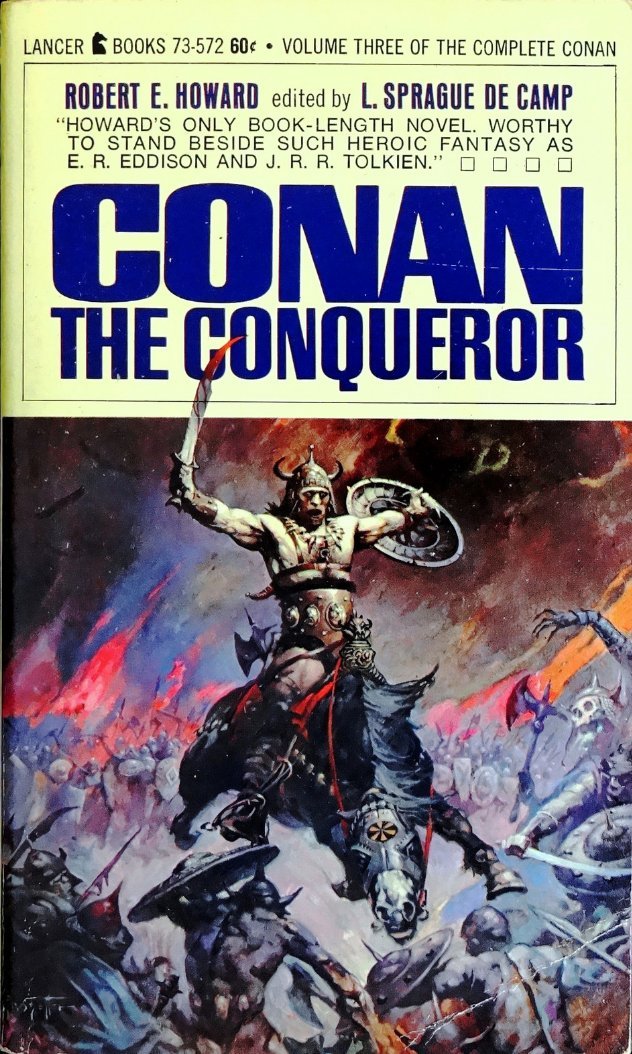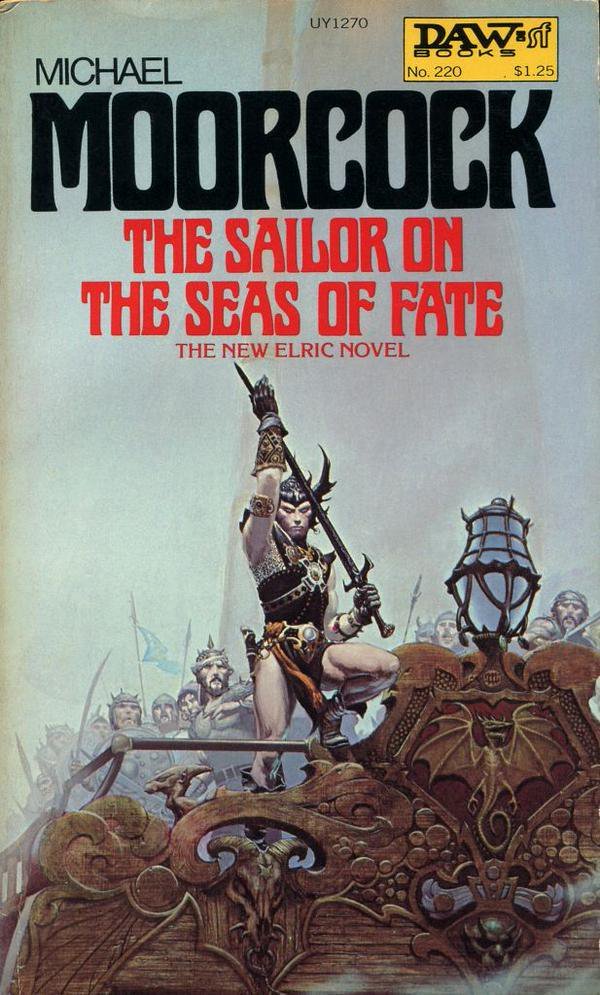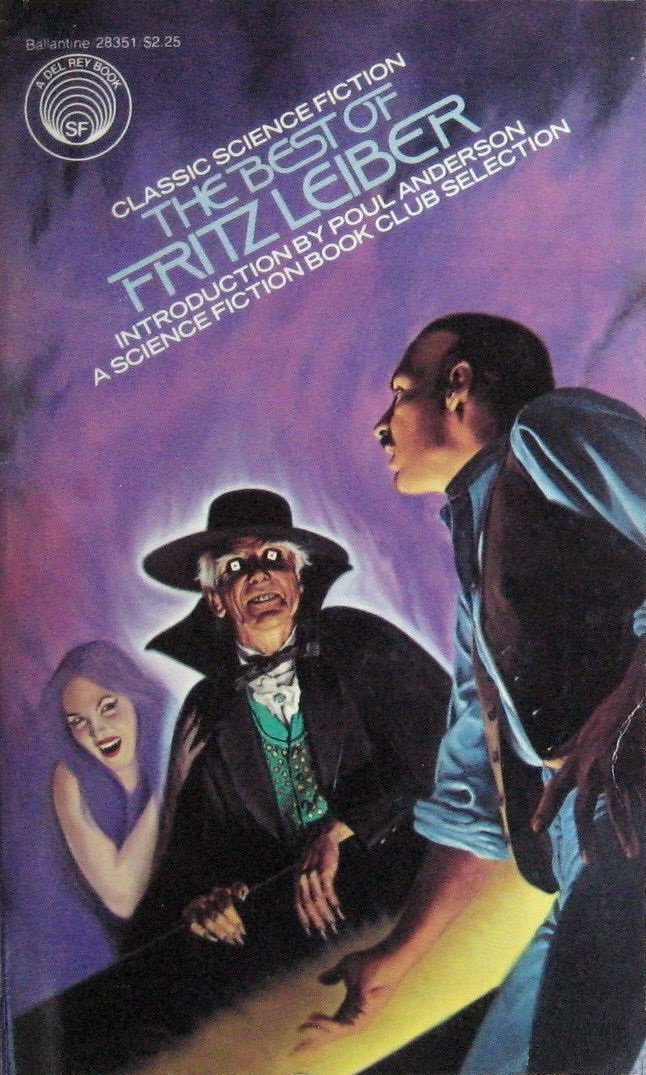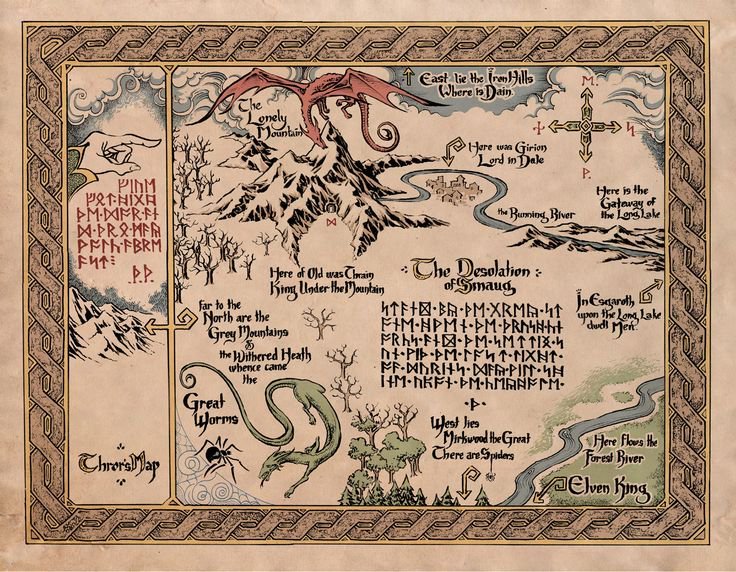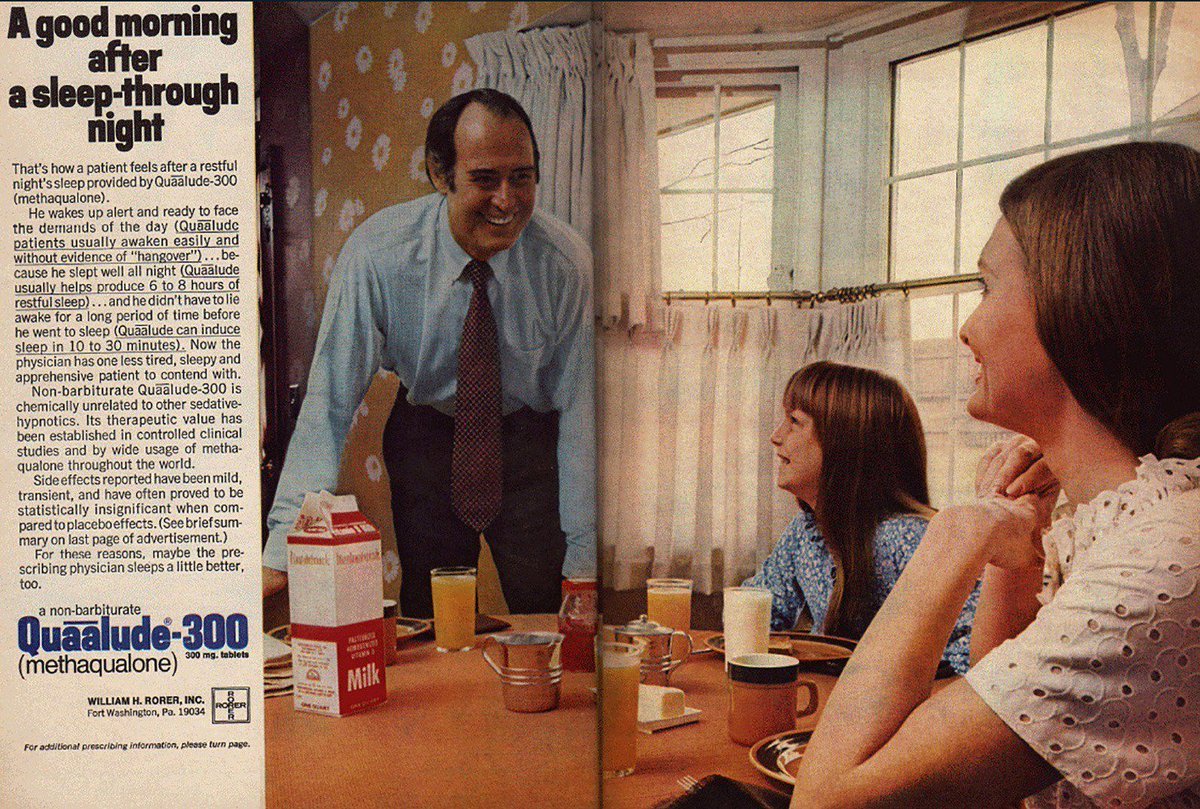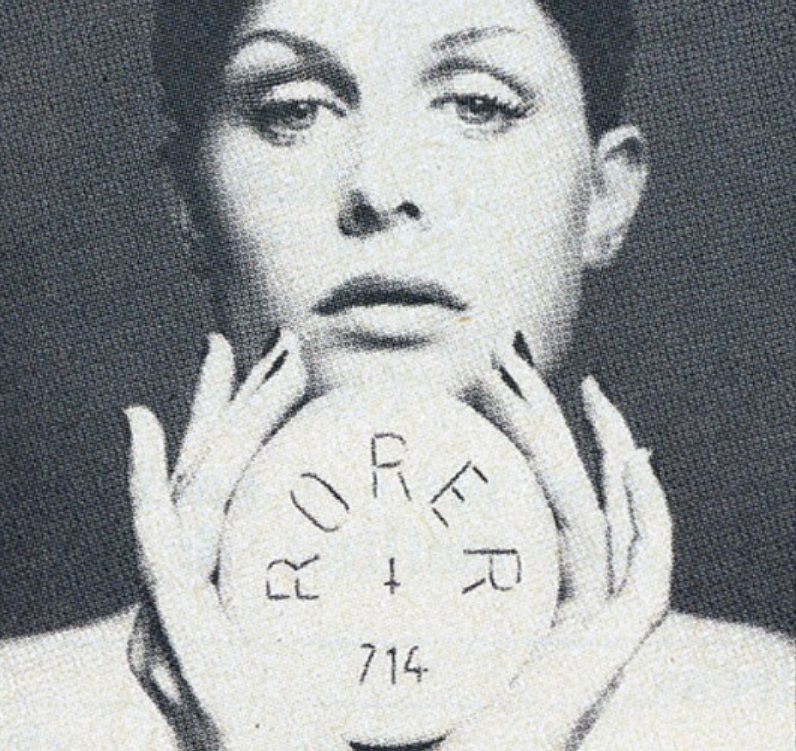
In the shadowy corners of the shortwave spectrum lurk the Numbers Stations: strange radio broadcasts of mysterious blocks of numbers in creepy monotone voices!
It's actually an old form of spycraft which is still in use today. And as it's #WorldRadioDay let's take a listen...
It's actually an old form of spycraft which is still in use today. And as it's #WorldRadioDay let's take a listen...
A Numbers Station is a type of one-way voice link for sending information to spies in foreign countries.
Operating on Short Wave radio bands they transmit a secret code of spoken numbers. Use of Numbers Stations peaked during the Cold War, but some are still operating today.
Operating on Short Wave radio bands they transmit a secret code of spoken numbers. Use of Numbers Stations peaked during the Cold War, but some are still operating today.
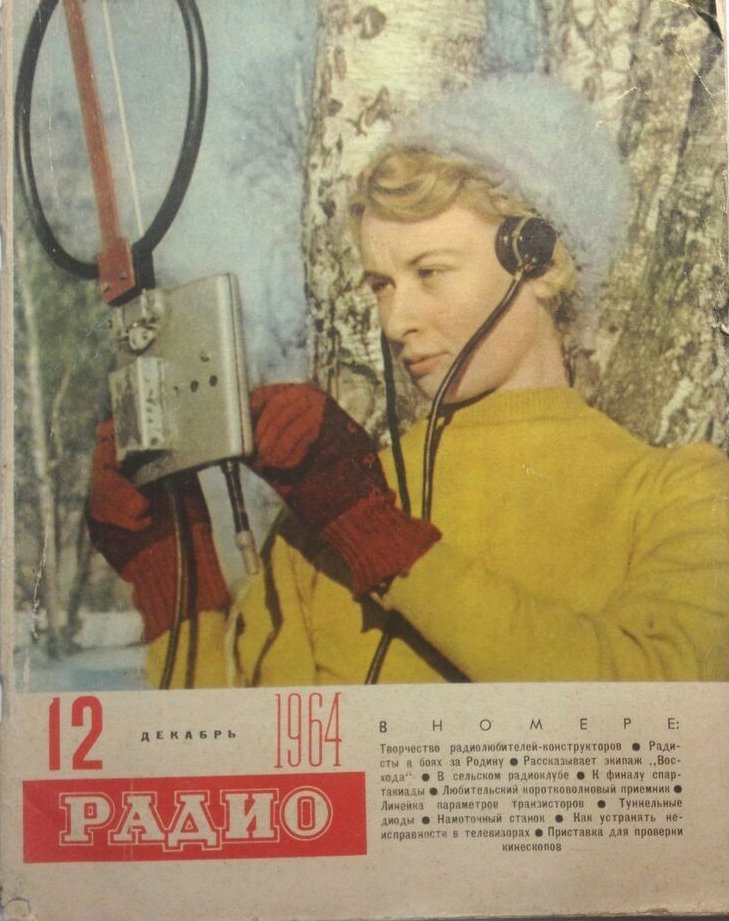
Numbers Stations are operated by various national intelligence agencies. At set times on a pre-arranged frequency a musical tone is played, followed by a speech synthesised voice reading out blocks of numbers. To most listeners it sounds both creepy and meaningless. 
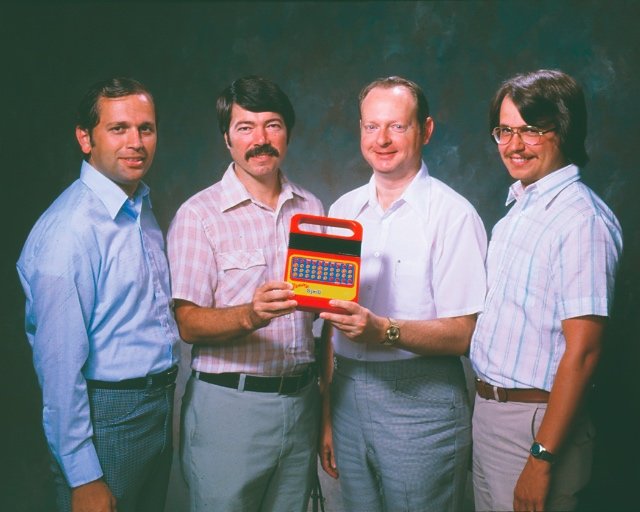
However to spies it can be vital. The numbers can be decoded to reveal a message, provided the spy has the right One Time Pad (OTP) - a random number key that is only used once before it is destroyed. OTP encryption is impossible to break if done correctly. 
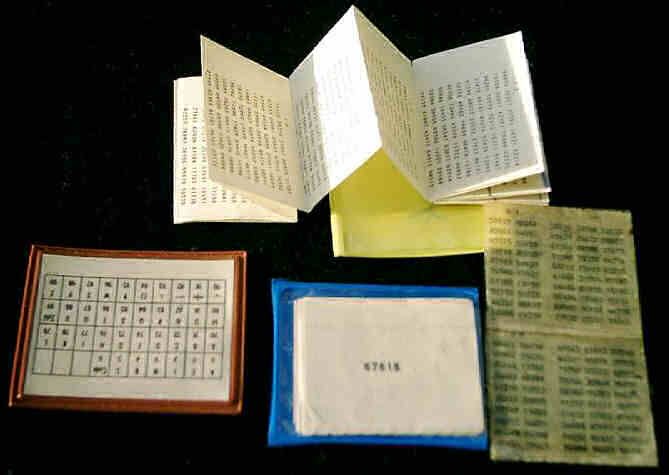
Why broadcast your secret message on Short Wave? Because it can be picked up across the globe. All a spy needs is a shop bought SW radio, a pencil, and the correct One Time Pad and they - and only they - can decipher the message. No complex kit is required.
For decades governments have denied running Numbers Stations, and for decades amateur radio enthusiasts have documented and recorded the stations to prove they do exist. It's only recently that more information about them has begun to emerge. 
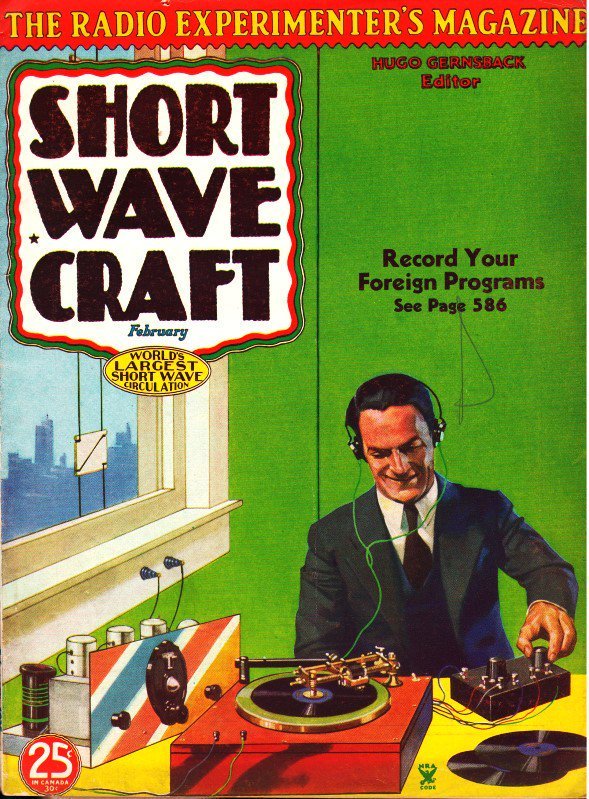
The Lincolnshire Poacher was a Numbers Station run by British Intellegence from Cyprus up until 2008. It played a minute of music before a female synthesised voice would read out 200 blocks of five digit numbers. Here's a clip:
Swedish Rhapsody was run by Polish Intelligence during the Cold War. It used a Stasi Sprach-Morse-Generator to synthesize a child's voice reading out number codes in German, preceded by a song from a music box. Here's how it sounded: 
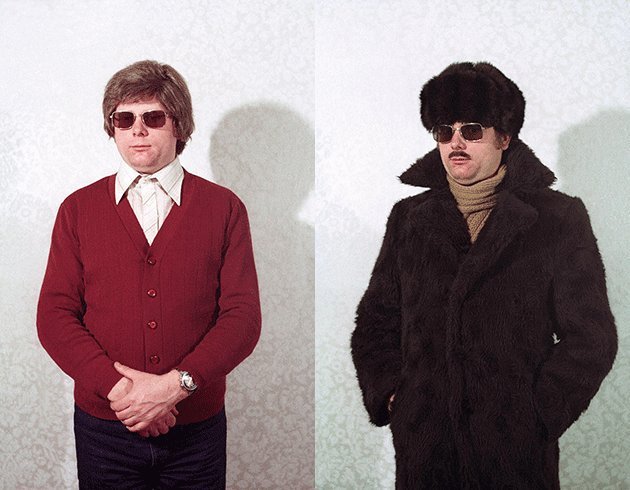
Gong was a Stasi run Numbers Station operating from East Germany. A series of gong strikes would be broadcast every half hour followed by the command "Achtung!" and the code number sequences. Here's a clip:
Not every Numbers Station broadcast numbers. Some stations, such as Whalesong, broadcast 'backwards music', a series of tones that would need to be recorded and deciphered by specialist equipment:
UVB-76 isn't a Numbers Station, but it has continuously broadcast a series of buzzing sounds for 45 years across Russia. Is it just a channel marker, or could it be a 'Dead Hand' system to launch a nuclear retaliation if Moscow is destroyed? Hmm...: 

Numbers Stations may sound quaint, but they are still used today by many countries: a global signal with unbreakable encryption that is very hard to intercept - why reinvent a method that works?
More spy stories another time...
More spy stories another time...
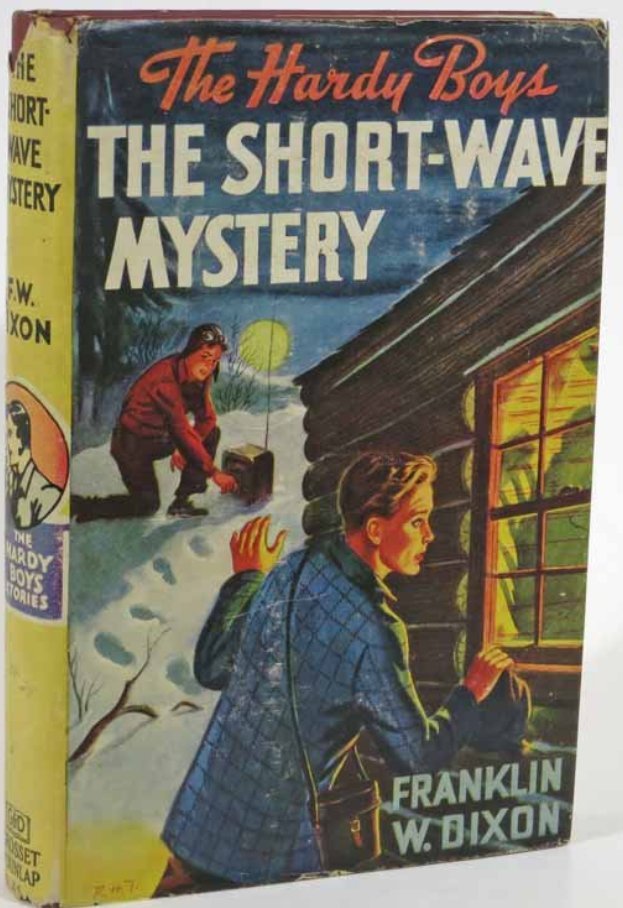
• • •
Missing some Tweet in this thread? You can try to
force a refresh


